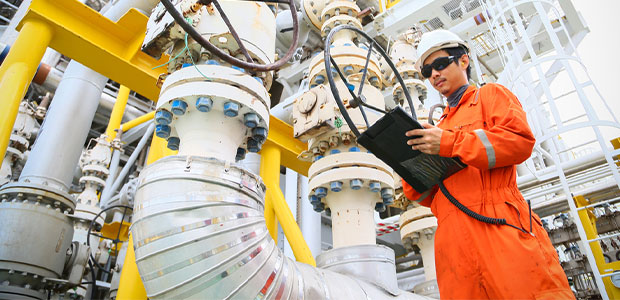
A Layered Gas Detection Approach for Comprehensive Site Protection
For safety managers and site emergency response managers, gas detection is a key focus.
- By Jason Winburn
- Dec 01, 2021
Many industries operate in hazardous environments, including oil and gas, mining, refineries, utilities, shipping, construction and others where exposure to harmful gases is common. Detecting gas leaks early is important because if left unresolved, those leaks can lead to injuries and property damage.
Flammable hydrocarbon gas leaks are invisible and often odorless, especially when operations take place outdoors. These gases can be toxic and highly combustible, so working with or around them can put workers in high-risk situations. If workers come in extensive contact with certain gas types and levels, they can suffer injuries affecting the eyes, lungs or central nervous system or sometimes even death. The statistics show that gas leak incidents are not as rare as they may seem. The U.S. Bureau of Labor Statistics shows that, for 2019, there were 642 fatal occupational injuries from exposure to harmful substances or environments and 99 fatalities from fires and explosions.
For safety managers and site emergency response managers, gas detection is a key focus which usually involves detection devices, monitoring software, PPE and extensive training and procedures. In situations involving hazardous gases, it is critical for facilities to respond quickly to any incident, from detecting gas leaks as they happen to making informed decisions and mitigating risks where possible. If these leaks are not detected, they could result in devastating fires or explosions, which can then escalate into litigation and fines.
Gas and flame detection solutions provide an early warning against these risks, but no single detection technology alone is 100 percent effective. This is where a layered approach comes in. By integrating the following layers of protection, employers can minimize the risk of flammable gas leaks going undetected and can be better informed to take steps to keep their workers protected.
What is a Layered Approach to Gas Leak Protection?
To enhance safety on a job site, site management should choose a comprehensive, layered gas detection system. The most effective way to deter, prevent and mitigate potential threats is to employ a layered safety approach in which independent yet interrelated layers of protection work together, offering comprehensive protection and providing confidence. The layered architecture of protection should be created according to the business structure, safety and production levels necessary for effective operations. Security controls should extend across the entire plant and business networks, enabling the facility to protect from potential incidents with an early indication of equipment that is not working properly and leaking harmful gases.
This article originally appeared in the November/December 2021 issue of Occupational Health & Safety.